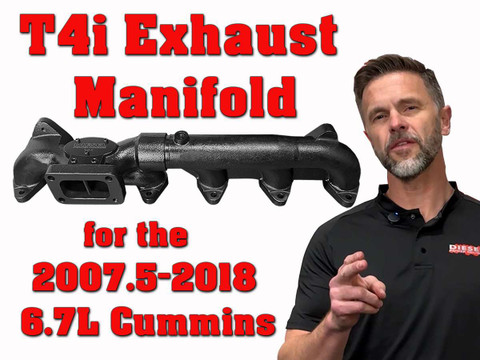There are no products listed under this category.

Precision-cast, crack-resistant diesel manifolds engineered for airflow, heat control, and long service life. Options for light-duty Cummins pickups and heavy-duty ISX/X15 platforms.
There are no products listed under this category.
Diesel Power Source manifolds are built to move heat and exhaust efficiently so your turbo can stay in its sweet spot. Thick-wall castings, reinforced partitions, and precision-machined flanges help reduce warping and leaks. Choose direct-fit stock-replacement or performance configurations (including T3, T4, and T4i) tailored to your engine and turbo setup.
Planning supporting upgrades? See 3rd Gen Swap Kits, Add-A-Turbo Kits, and Turbonator® VGT Upgrades.
Yes. Lower backpressure and steadier turbo operation can help manage heat and drivability with factory systems in place when installed as directed.
Usually no for a manifold alone. If you change the turbo or fueling, a calibration update may improve response and shift strategy.
T3 matches many OEM-style turbos. T4 and T4i offer more flow and are common for performance turbos. Choose the flange that matches your turbo inlet and goals.
New gaskets are recommended. Replace stretched or corroded studs/nuts. Always follow the correct torque pattern.
Refine: